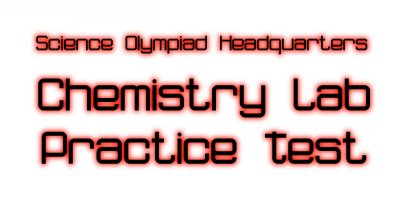

Please answer all questions completely, and show all work neatly. You may use extra paper if each answer is appropriately labeled. Mysterious or unsupported answers will not be given full credit.
Names:_________________________________________
Team:__________________________________________
1. An open-tube manometer containing mercury is connected to a container of gas. What is the pressure of the enclosed gas in mm Hg if the mercury in the arm attached to the gas is 4.5 cm higher than the one open to the atmosphere, and atmospheric pressure is .955 atm.
2. A fixed quantity of gas is compressed at constant temperature from a volume of 638 mL to 208 mL. If the initial pressure was 522 mm Hg, what is the final pressure, in kPa?
3. A deep breath of air has a volume of 1.05 L at a pressure of 740 mm Hg and body temperature of 37 C. Calculate the number of molecules in the breath. (R = .0821 L-atm/K-mol)
4. Cyanogen is composed of 46.2 percent C and 53.8 percent N by mass. At 25 degrees C and 750 mm Hg, 1.05 g of cyanogen occupies .500 L. What is the molecular formula of cyanogen?
5. A quantity of N2 gas originally held at 4.6 atm pressure in a 1.00 L container (container A) at 26 degrees C is transferred to a 10.0 L container (container B) at 20 degrees C. A quantity of O2 gas originally at 3.5 atm and 26 degrees C is a 5.0 L container is in container B along with the N2 gas. What is the total pressure of container B?
6. Place the following gases in order of increasing average molecular speed at 25 degrees C:
CO, SF6, H2S, C12, HI
7. Scandium metal reacts with excess hydrochloric acid to produce H2 gas. When 2.25 g of scandium is treated in this way, it is found that 2.41 L of H2 measured at 100 degrees C and that 722 mm Hg pressure is liberated. Write a balanced equation for the reaction that occurs.
8. Write a balanced chemical equation for the following reaction:
When solid mercury (II) nitrate is heated, it decomposes to form solid mercury (II) oxide, gaseous nitrogen dioxide, and oxygen.
9. Write a balanced chemical equation for the following reaction:
When hydrogen sulfide gas is passed over solid hot iron (III) hydroxide, the resultant reaction produces solid iron (III) sulfide and gaseous water.
10. Calculate the percentage by mass of each element in the compound zinc nitrate.